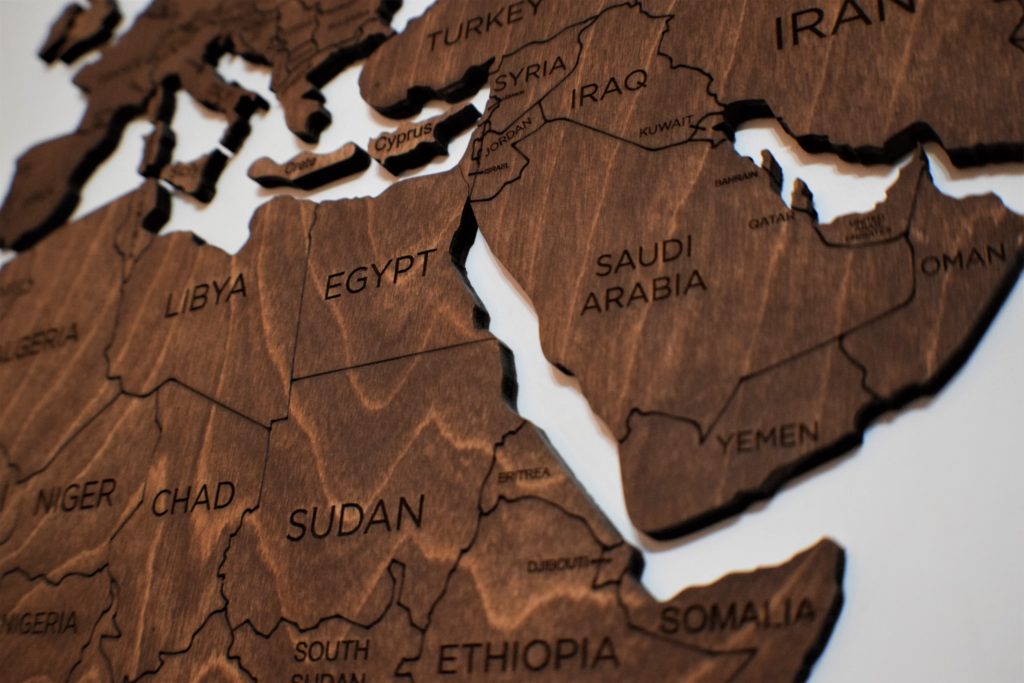
By Professor Paul Jackson
International Development Department
A month of violence in Sudan has led to more than 500 deaths and the evacuation of the international community. This is just the latest wave of violence to add to a troubled thirty-year history.
Who is involved?
At the centre of the violence is a power struggle between two men, each of whom commands formidable forces. Sudan’s military ruler and head of the army, Abdel Fattah al-Burhan, and the head of the Rapid Security Forces (RSF), Mohamed Hamdan Dagalo, better known as Hemedti. Both originally worked together to overthrow the President of thirty years, Omar al-Bashir, but have since fallen out.
Why are they fighting?
The fall of al-Bashir was supposed to usher in a new era of civilian rule under which the formal military of al-Burhan and the paramilitary RSF would merge into a national security force. However, the two men cannot agree on who would be subordinate to whom and the resulting violence is a fight for dominance.
Both factions also control large economic resources that sustain their power. Civilians have called for the handover of military-controlled assets including agriculture and trade, amongst other industries. This is a key source of income for the military and several key commanders have lucrative stakes in Sudan’s economy.
Another key point of contention is justice, both for the killings of pro-democracy demonstrators by security forces (including the RSF), during the 2021 overthrow of al-Bashir, but also the mass killings of civilians by the military and outsourced militias like the Janjaweed in Darfur. The International Criminal Court (ICC) wants to prosecute those involved; this would include Hemedti and Burhan, so both lack an incentive to cooperate.
What is the history of the two sides?
Both the army and the RSF date from al-Bashir’s involvement in Darfur and both have very murky pasts in the region. The RSF merged from the irregular militia, known as the Janjaweed, used in Darfur to loot and kill civilians, which was commended by Hemedti. Al-Bashir himself formalised the Janjaweed into innocuous-sounding units known as Border Intelligence Units, and in 2013 this became the paramilitary RSF. The RSF was overseen by Hemedti and al-Bashir and was used to suppress anti al-Bashir demonstrations before Hemedti later changed sides.
At the same time, Burhan came in to contact with Hemedti, a military commander in Darfur and a close confidante of al-Bashir.
Dangerous allies
The situation is made more dangerous by the involvement of the Russian Wagner Group, a shady mercenary-cum-looting organisation that supplies weaponry to the RSF and is allied to the rogue Libyan general Haftar.
Sudan’s military leaders granted Russia access to the east African country’s gold mines and Hemedti’s forces are a key recipient of Russian training and weaponry. Burham himself mirrored this before public pressure forced him to disavow Wagner.
Both Burhan and Hemedti also court Gulf states, both having fought in Yemen within the alliance fighting the Iranian-backed rebel groups. Hemedti, for example, is known to have links to Sheikh Mansour, Deputy Prime Minister of the United Arab Emirates and Chair of Manchester City, as part of the UAE’s policy of working with leaders who are hostile to political Islam.
The UAE, along with Saudi Arabia, the US and UK form “the Quad”, which fears a Russian base in the Red Sea and have sponsored mediation in Sudan along with the UN and the African Union.
The two forces involved are both sizeable with the RSF standing at around 70,000 and the army at 210,000, but the RSF are better armed, trained and have Russian backing. Russian surface to air missiles also even things up since the RSF lacks planes.
Where will the fighting lead, and what is at stake?
The international community has expressed alarm and has been pulling out international staff and civilians over the last few weeks. The record of ceasefires to date has not been good and there does not seem much prospect for a deal in the short term.
It is uncertain where the fighting will lead to and most of the pathways are unfortunately very negative. Both sides claim control over key sites across Sudan, but it is also unclear how command infrastructure will hold up and whether the groups themselves may fragment into many groups. This would be a disaster for the civilian population with violence both increasing and becoming more unpredictable.
There is a lot at stake in the region. Sudan is in a volatile region bordering the Red Sea, the Sahel region and the Horn of Africa. Its strategic location and agricultural wealth have attracted regional rivalries that complicate any peace deals.
Several neighbours of Sudan have also experienced political upheaval and violence including Ethiopia, Libya, Chad, the Central African Republic and South Sudan, all of which are now receiving large numbers of Sudanese refugees fleeing the violence. For now, the main worry is the civilian population itself.
- Find out more about Professor Paul Jackson
- Back to Social Sciences Birmingham
The views and opinions expressed in this article are those of the author and do not necessarily reflect the official policy or position of the University of Birmingham.
